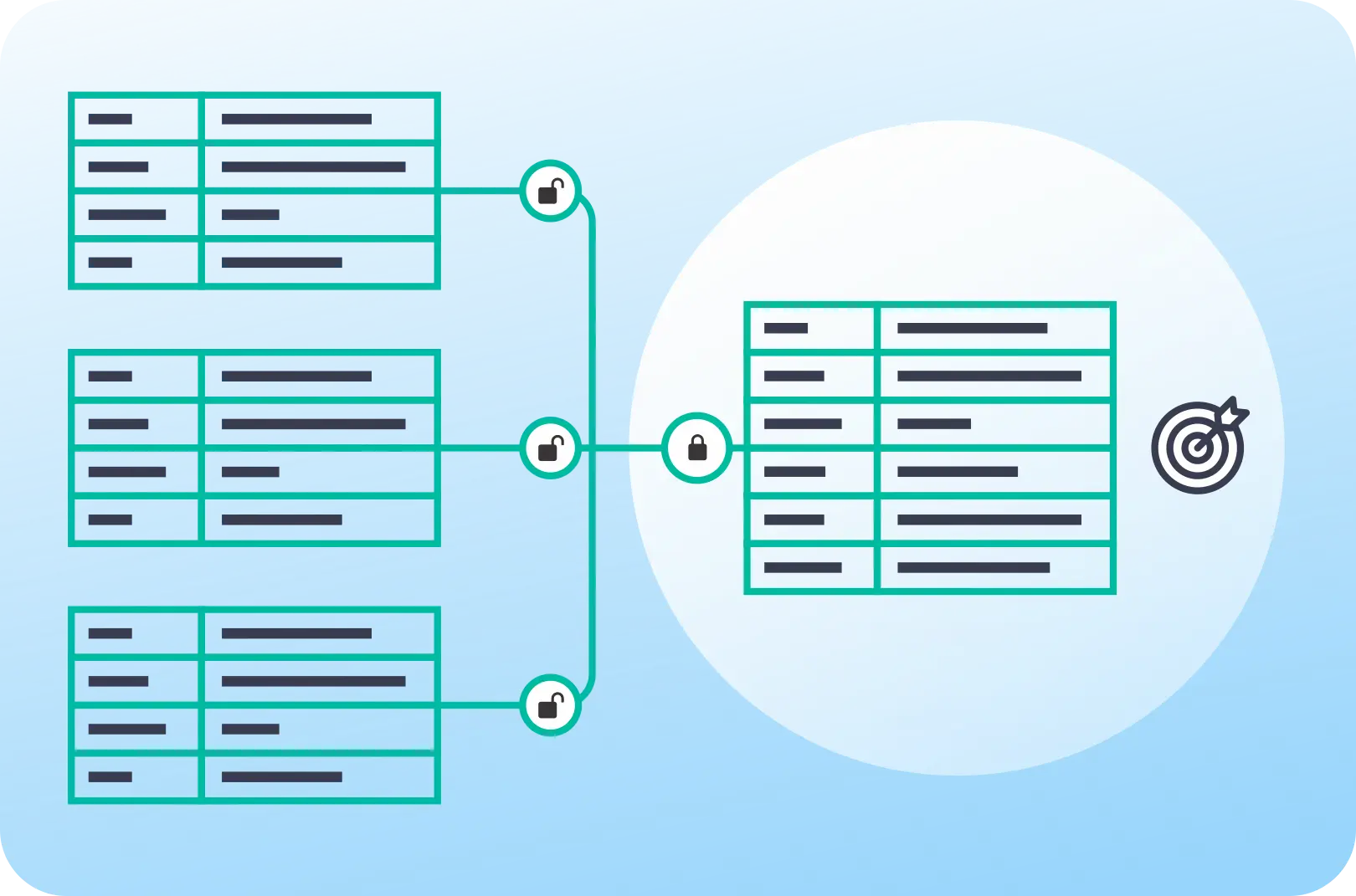
In today's data-driven world, businesses are collecting and analyzing vast amounts of data to make informed decisions. However, the usefulness of this data relies heavily on its quality and consistency. Data standardization is a crucial process that ensures data is uniform, consistent, and reliable across an organization. This article will discuss the importance of data standardization and how it can help businesses maintain high-quality data for better decision-making.
The Basics of Data Standardization
Data standardization is the process of transforming data into a common format or structure to ensure consistency and accuracy. This involves establishing rules and guidelines for how data should be collected, stored, and managed within an organization. By standardizing data, businesses can avoid inconsistencies, errors, and duplications that can lead to inaccurate insights and decisions. To find the best data enrichment services, you can also click over here acmedata.net.
Benefits of Data Standardization
- Improved Data Quality: Standardizing data ensures that information is accurate, complete, and up-to-date, leading to better overall data quality.
- Enhanced Data Consistency: Consistent data across systems and departments allows for more reliable analysis and reporting.
- Efficient Data Integration: Standardized data is easier to integrate and share across different systems and platforms.
- Reduced Errors: By following standard guidelines, businesses can minimize errors, redundancies, and inaccuracies in their data.
- Improved Decision-Making: High-quality, consistent data enables businesses to make informed decisions quickly and accurately.
Challenges of Data Standardization
While data standardization offers many benefits, implementing and maintaining standardized data can pose several challenges for businesses.
Common Challenges Include:
- Data Silos: Different departments or systems may have their own data formats and standards, leading to data silos and inconsistencies.
- Legacy Systems: Legacy systems may not easily support new standardization processes, making it difficult to update and standardize data.
- Data Governance: Establishing data governance policies and guidelines can be complex and time-consuming.
- Resistance to Change: Employees may resist adopting new data standardization processes, impacting compliance and consistency.
Best Practices for Data Standardization
To overcome the challenges of data standardization and ensure consistent, high-quality data, businesses can follow these best practices:
Key Best Practices Include:
- Establish Clear Data Standards: Define and document data standards, formats, and guidelines for collection, storage, and management.
- Implement Data Quality Tools: Use data quality tools and software to identify and correct errors, duplications, and inconsistencies in data.
- Train Employees: Provide training and resources to help employees understand the importance of data standardization and how to comply with data standards.
- Automate Processes: Automate data standardization processes where possible to reduce manual errors and ensure consistency.
- Regularly Monitor and Audit Data: Continuously monitor and audit data to ensure compliance with data standards and identify any issues or inconsistencies.
Conclusion
Data standardization is a critical process that businesses must prioritize to ensure the consistency, quality, and reliability of their data. By establishing clear standards, implementing best practices, and overcoming common challenges, businesses can maintain high-quality data for better decision-making and overall success. Investing in data standardization will ultimately lead to more accurate insights, improved efficiency, and competitive advantages in today's data-driven world.